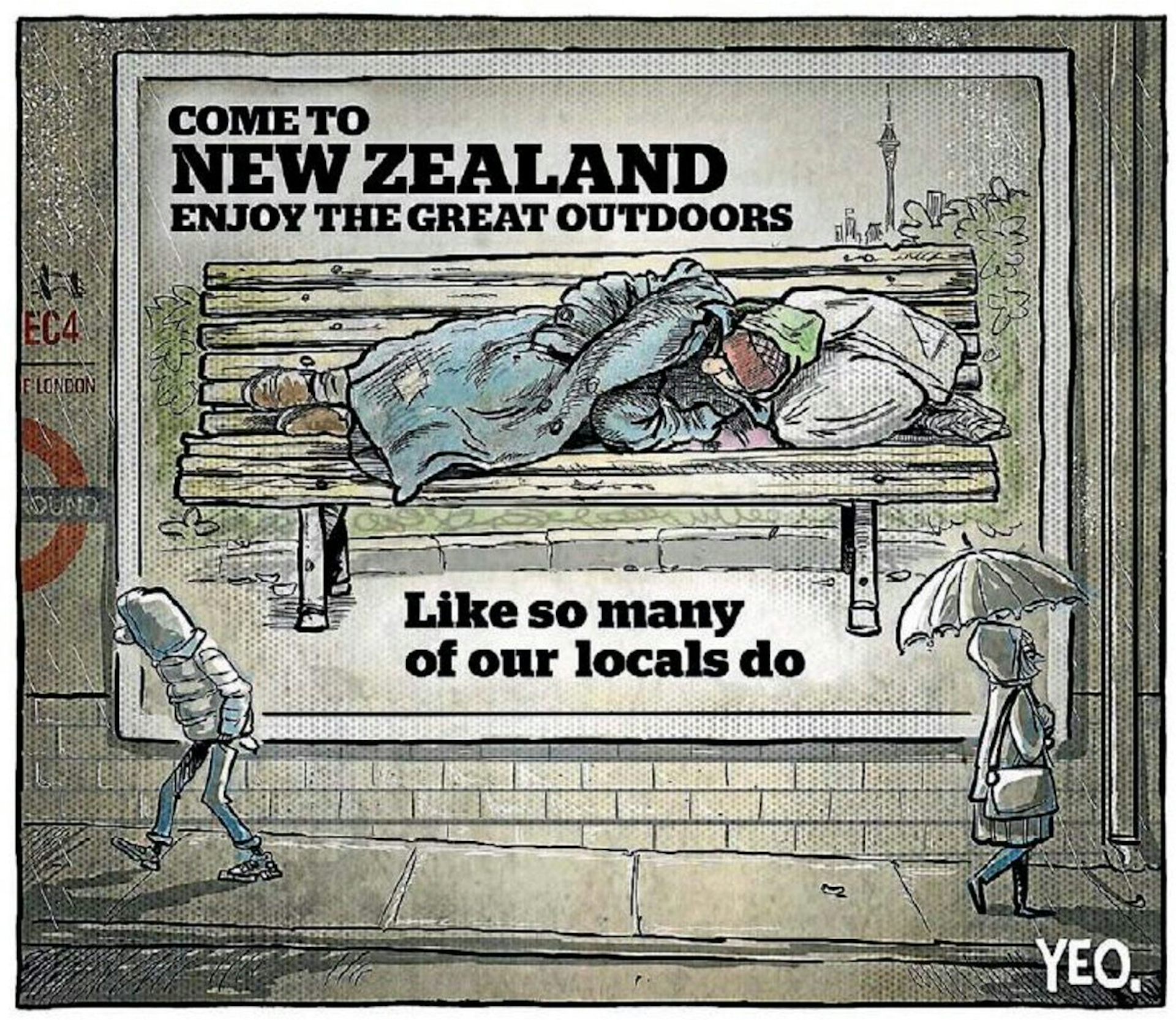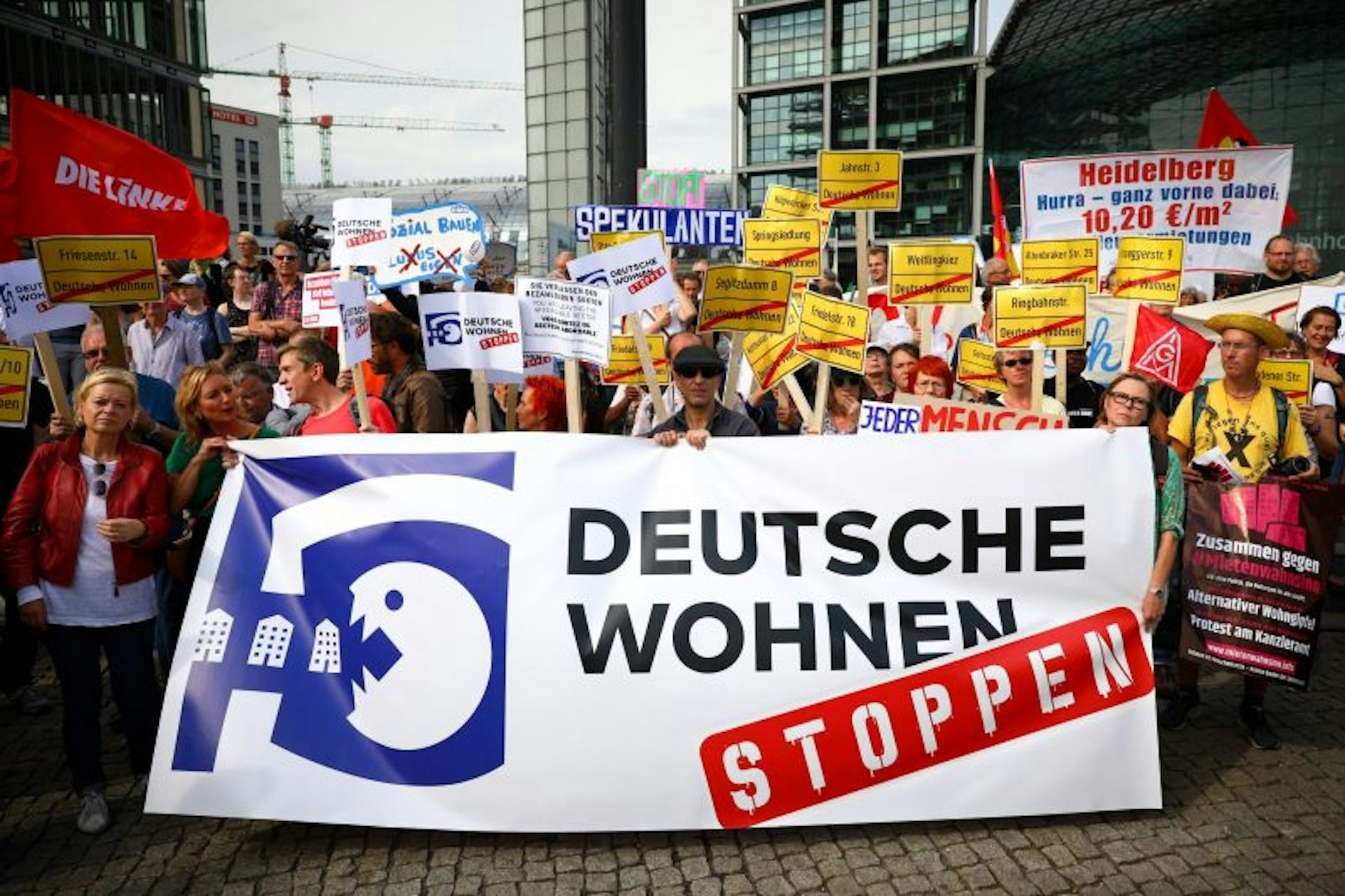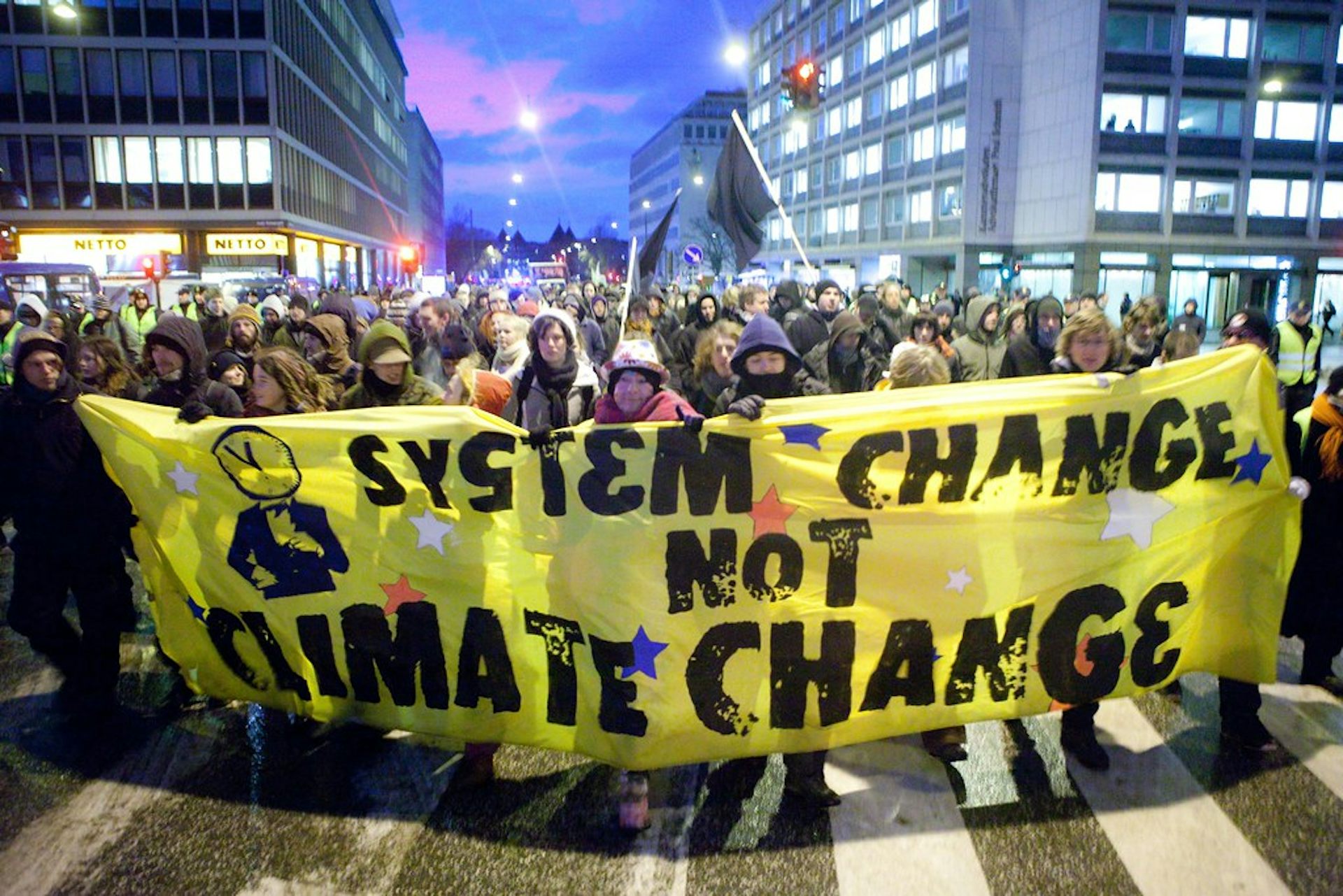Author:
Jenny McArthur
(MENAFN- The Conversation) FromAmsterdamtoManila ,LjubljanatoWellington , the rapid growth of property prices in cities is shutting many people out of home ownership and driving up inequality. There are plenty of ways for governments to deliver more affordable housing, including house-building programmes, taxation, planning and land use regulations. Yet their responses often fall short: government definitions of 'affordable' homesaren't affordable for most , help-to-buy subsidiescause prices to rise furtherand efforts to boost housing supplyfall short of targets .
One notable failure occurred in April 2019, when the New Zealand government backtracked on a proposed capital gains tax aimed at tempering speculation in the housing market. New Zealand has a strong case for action: house prices are thethird most expensive in the world , the homelessness rate is thehighest in the OECDand a quarter of childrenlive below the poverty line– typically in poorly-insulated and overcrowded housing.

The homelessness rate in New Zealand has increased by 25% since 2001, and is now the highest in the OECD. Source: Shaun Yeo Cartoons. All Rights Reserved.
But the opposition deemed the tax to be anassault on the 'Kiwi way of life' , themedia backlashwas unyielding, and New Zealand Prime Minister Jacinda Ardern promisednever to pass the policy, while in leadership .
The politics of affordable housing
Failures like this are usually explained by alack of 'political will' . But this excuse simply sidesteps the biggest challenge for politicians: building consensus behind major reforms for the public good. All too often, government decisions to act (or not) are more about maintaining economic and political stability – preferably until the next election. Unless citizens lead strong campaigns to demand action, such reforms will remain in the 'too hard' box.
The lack of affordable housing is not a crisis for everyone. Property ownershave benefited significantlyfrom the rapid growth in prices, creating highly unequal benefits acrossclass ,raceandgenerational divides . Investing in housing is also a cultural norm: many Western cultures see it is as good financial sense toget on the property ladder early , and eventually sell at a much higher price to realise a healthy financial return.
This means that many Western countries have a large cohort of voters who are counting on house price growth – even when that shuts people out of the housing market altogether.
Making change happen
Yet in cities around the world, movements led by citizens are building power to counter these challenges. Here are three examples that show how support can be mobilised, when governments are slow to act.
1. Organising grassroots movements in Berlin
Grassroots movements have a long history in cities, and a recent case from Berlin is instructive. Berlin has a high proportion of renters (85%), and until the mid-2000s, it had a large stock of publicly-owned housing. Afterpublic housing was sold offto private investors in the mid-2000s, tenants facedrapid rent increasesand significant issues with maintenance and repair.

Public protests march against commercial landlords in Berlin.
imago/Christian Mang
Private companies bought public housing on a large scale - the largest landlord, Deutsche Wohnen,owns around 110,000 unitsin Berlin. Initial efforts by tenants associations to oppose this were no match for the scale of the problem, so they co-ordinated to form the civic movementDeutsche Wohnen & Co. Enteignen('Expropriate Deutsche Wohnen & Co.').
Read more:
Berlin's grassroots plan to renationalise up to 200,000 ex-council homes from corporate landlords
The movement demandsa referendumthat could ultimately allow the municipality to renationalise housing belonging to landlords with more than 3,000 units. This directly confronts the powerful real estate sector, and has great potential to mobilise popular support in a city where renters are the majority. At the time of publication, their petition had more than77,000 signatures .
2. Building coalitions with technical professions - planners in 1960s New York
Coalitions are the basic unit of urban politics. Building alliances around common agendas is a powerful way to mobilise resources, knowledge and political support. This even extends to professionals like architects and planners, who have historically engaged with communities to advocate for change.
The Urban Underground is a prominent movement that developed from New York's Department of City Planning in the late 1960s. City planners realised that the profession had been co-opted into regeneration schemes thatsystematically pushed outblack populations and the poor. Protests by local communities and professionalsshone a lighton these darker aspects of city planning.
Today, some planners are just ascomplicit in systemsthat profit real estate developers while causing gentrification and displacement. But with their experience in the system, planning professionals have the power to form a link between the diverse groups affected by unaffordable housing.
3. Demanding system change with a Green New Deal
The last strategy takes inspiration from the USNew Deal , which overhauled the economy and social services in the 1930s. TheGreen New Dealdraws from this approach by demanding fundamental changes to the economic system and building support around avision for the futureto resolve trade-offs between economic, social and environmental policies.

'System change not climate change', the slogan of the climate justice movement.
kris krüg/flickr
The Green New Deal bundles climate action with green jobs, affordable housing and economic justice. Linking climate action to housing might seem unexpected, but in fact it's central to goals ofeconomic and social justice . It could also be a genius move to wrap housing into thegrowing political momentumbehind climate agendas.
Read more:
The Green New Deal is already changing the terms of the climate action debate
Each of these movements show how change can happen, even when governments are reluctant to take political risks. When communities build support around a vision for housing that works for all – includingindigenous populations ,people of colourand peopleliving in poverty– they can forge a path for governments to follow.
Cities
New Zealand
Housing
Affordable housing
housing affordability
Unaffordable housing
UK housing
Affordable homes
Green New Deal
Jacinda Ardern
MENAFN1806201901990000ID1098652599
Legal Disclaimer:
MENAFN provides the information “as is” without warranty of any kind. We do not accept any responsibility or liability for the accuracy, content, images, videos, licenses, completeness, legality, or reliability of the information contained in this article. If you have any complaints or copyright issues related to this article, kindly contact the provider above.